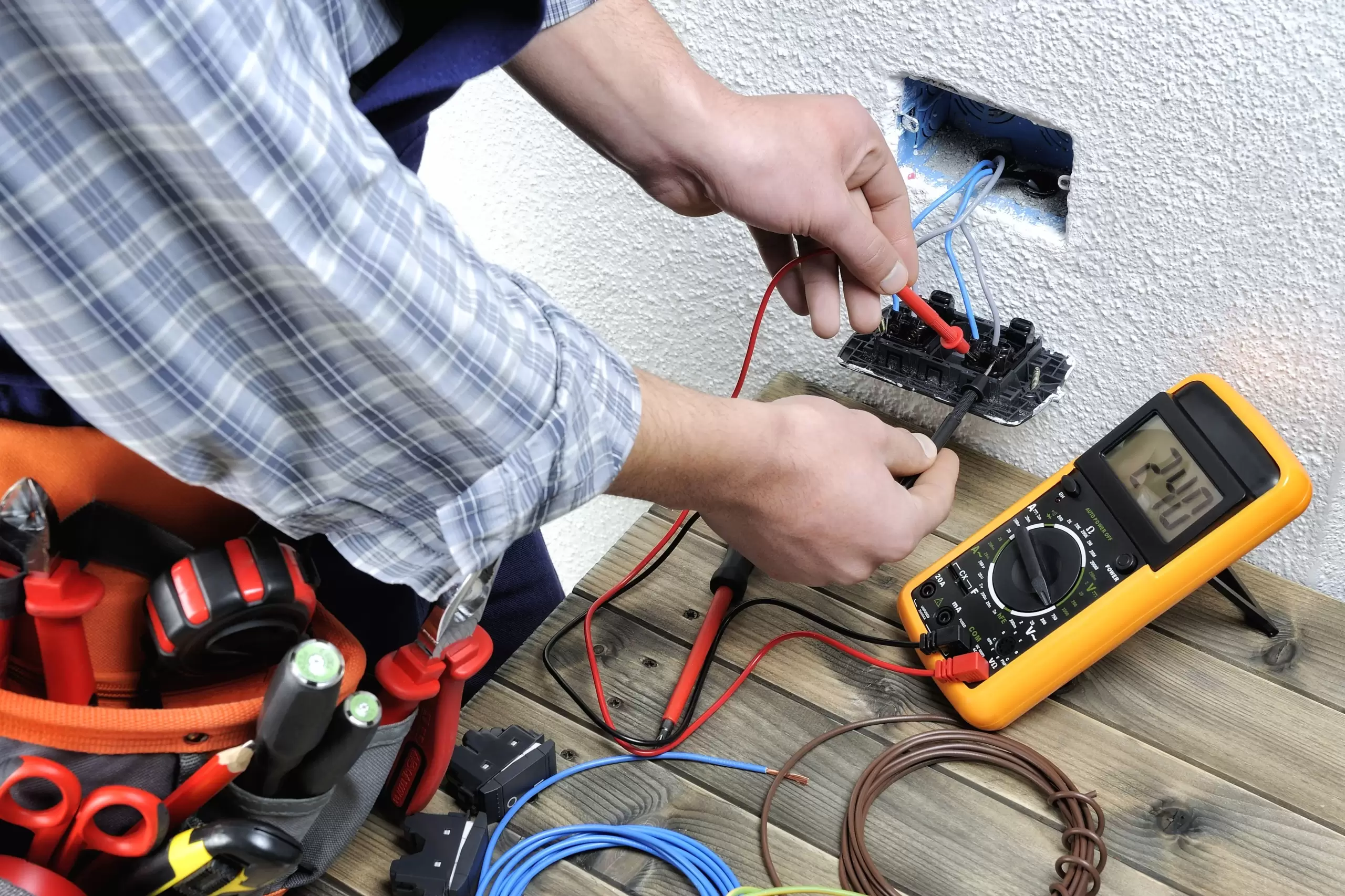Electrical troubleshooting is the process of identifying and resolving electrical problems in a system or device. It is an essential skill for electricians, maintenance technicians, and anyone working with electrical systems.

Importance of Electrical Troubleshooting
Electrical troubleshooting is important for several reasons:
- Safety: Electrical problems can be dangerous and pose a risk of fire or electrocution. Identifying and resolving electrical problems can help prevent accidents and ensure that the system is safe to use.
- Cost Savings: Electrical problems can cause system failures and damage, resulting in costly repairs or replacements. Early identification and resolution of electrical problems can help prevent costly repairs and extend the lifespan of the system.
- Efficiency: Electrical problems can cause inefficiencies in the system, leading to increased energy consumption and higher utility bills. Resolving electrical problems can help improve system efficiency and reduce energy consumption.
Common Electrical Problems
The following are some common electrical problems that require troubleshooting:
- Circuit Overload: Circuit overload occurs when too much electrical current flows through a circuit, causing the circuit breaker to trip. This can be caused by too many appliances or devices on the same circuit or faulty wiring.
- Short Circuit: A short circuit occurs when a hot wire touches a neutral wire or ground wire, causing a surge of electricity. This can result in a blown fuse, tripped circuit breaker, or damage to the electrical system.
- Ground Fault: A ground fault occurs when an electrical current flows through a ground wire or other grounded surface. This can result in a blown fuse, tripped circuit breaker, or damage to the electrical system.
- Faulty Wiring: Faulty wiring can cause electrical problems, such as flickering lights, power surges, and system failures. It can be caused by poor installation, wear and tear, or environmental factors.
Steps Involved in Electrical Troubleshooting
The following are the typical steps involved in electrical troubleshooting:
- Identify the Problem: The first step in electrical troubleshooting is to identify the problem. This involves observing the system, gathering information, and asking questions to determine the root cause of the problem.
- Gather Information: Once the problem is identified, gather information about the system, such as the wiring diagram, schematics, and specifications.
- Inspect the System: Inspect the system to check for any visible signs of damage or wear and tear, such as loose connections, broken wires, or damaged components.
- Use Testing Equipment: Use testing equipment, such as a multimeter or circuit tester, to test the system and identify the source of the problem.
- Fix the Problem: Once the source of the problem is identified, take the necessary steps to fix the problem, such as replacing a faulty component, repairing damaged wiring, or correcting an installation error.
- Test the System: After fixing the problem, test the system to ensure that it is functioning correctly and safely.
Electrical troubleshooting is an essential skill for anyone working with electrical systems. It is important for safety, cost savings, and efficiency. Common electrical problems include circuit overload, short circuit, ground fault, and faulty wiring. The steps involved in electrical troubleshooting include identifying the problem, gathering information, inspecting the system, using testing equipment, fixing the problem, and testing the system. With proper electrical troubleshooting techniques, electrical problems can be identified and resolved quickly and efficiently, ensuring the safety and reliability of the electrical system. If you have an electrical issue you need fixed, call us today!
